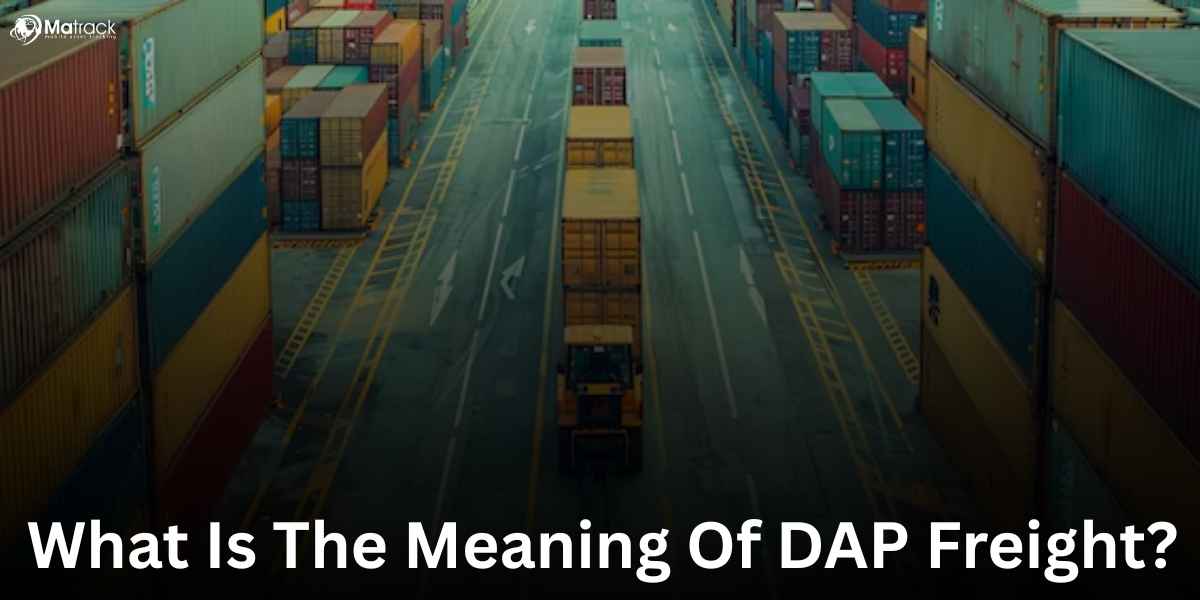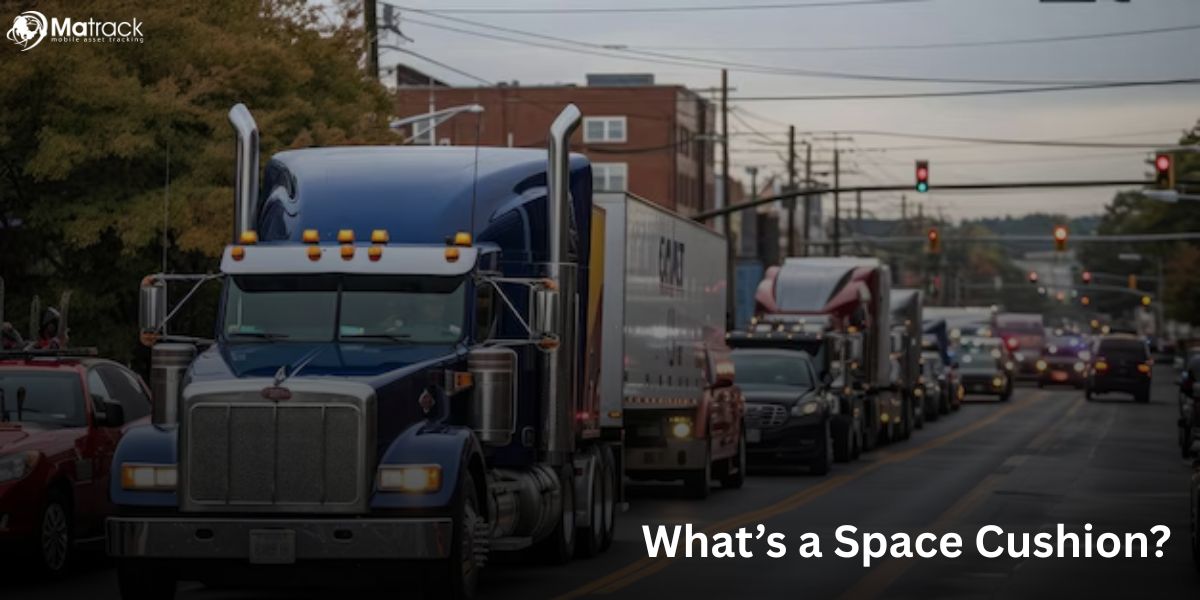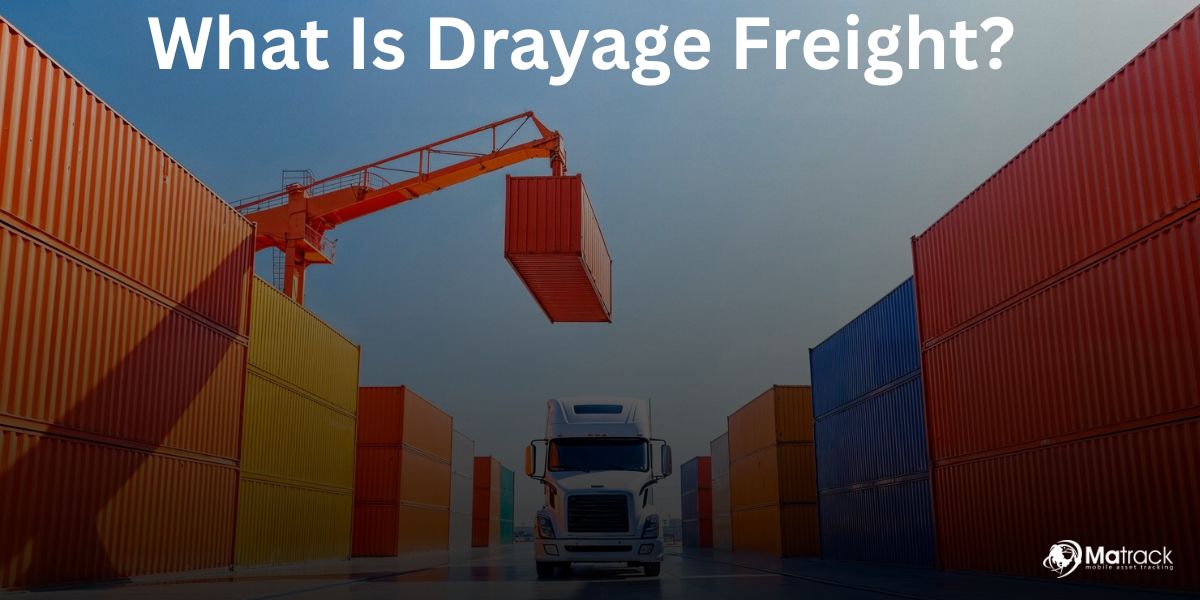Key Takeaways
- DAP freight makes the seller responsible for delivering goods to a named location, covering all costs and risks until arrival.
- Once the goods reach the destination, the buyer handles unloading, import clearance, and takes over all remaining costs and risks.
- DAP is ideal when the seller manages logistics well and the buyer understands the local import process.
- It should be avoided if the buyer is not equipped to handle customs or if the delivery point involves complex handling.
What Is Delivered-At-Place (DAP) Freight?
Delivered-at-Place (DAP) freight is a shipping term that defines when the seller delivers goods to a specific location agreed upon by both parties. The seller covers all costs and risks involved in transporting the goods to that point, excluding import duties and unloading.
How Does Delivered-At-Place (DAP) Work?
Delivered-at-Place (DAP) works by placing the responsibility on the seller to transport goods to a location agreed upon in the sales contract. This location can be a warehouse, port, terminal, or the buyer’s premises, depending on the terms of the agreement.
Once the goods reach the named destination, the seller’s responsibility ends, and the buyer takes over. At this point, the buyer must handle unloading, customs clearance, and payment of any import duties or taxes.
DAP arrangements require clear coordination between both parties to avoid delays or confusion at the point of delivery. Defining the exact delivery location and understanding each side’s obligations ensures smooth execution of the shipment.
What Are The Seller’s And Buyer’s Responsibilities In DAP Freight?
Seller’s Responsibilities
The seller handles everything until the named destination.
- Export Documentation: Secure licenses, certificates, and invoices for export.
- Export Clearance: Complete and pay for all departure customs formalities.
- Main Transport: Book and pay freight to the agreed location.
- Risk Management: Bear responsibility for damage or loss during transit.
- Communication: Notify buyer of shipment status and estimated delivery.
Seller is not responsible for:
- Import customs procedures.
- Unloading charges or equipment at destination.
Buyer’s Responsibilities
The buyer takes over responsibilities at the delivery point.
- Unloading Goods: Pay for labor, forklifts, and handling costs.
- Import Duties: Clear customs and pay all import taxes and VAT.
- Post-Delivery Logistics: Move goods from delivery site to final location.
- Insurance Beyond Arrival: Insure goods post-arrival for warehouse or resale.
Buyer carries all risk and cost from the point of delivery onward.
What Are The Benefits Of Using DAP Freight?
For the Seller
- End-to-end control over shipping: The seller manages the entire transportation process up to the buyer’s location, reducing reliance on third-party handlers.
- Smoother delivery experience for the buyer: Handling logistics directly allows the seller to offer a more reliable and predictable delivery schedule.
- Less confusion during transit: With full oversight, the seller can prevent miscommunication and minimize disruptions during shipping.
For the Buyer
- Simplified import handling: The buyer doesn’t deal with export formalities or international freight booking, which streamlines the process.
- Reduced administrative load: Since the seller arranges the shipment, the buyer avoids time-consuming logistics coordination.
- Better cost control: The buyer knows the total cost up to delivery, excluding only the import duties and unloading, making budgeting easier.
What Are The Limitations Of DAP Freight?
- Higher risk for the seller: The seller takes full responsibility for the goods during transit, including any damage, delays, or theft until the point of delivery.
- Unpredictable import costs for the buyer: Buyers often face unexpected charges like duties, customs inspections, or demurrage, which can increase total costs without warning.
- Limited control for the buyer: Since the seller manages shipping, the buyer has little say in the choice of carrier, route, or timing.
- Potential insurance gaps: Miscommunication about when risk transfers can leave either party underinsured or unclear about liability.
- Complicated logistics if roles are unclear: If the delivery location or unloading responsibilities aren’t well defined, delays and disputes can occur at the final stage.
What Are The Differences Between DAP And Other Incoterms?
| Incoterm | Delivery Point | Who Pays Import Duty | Who Unloads |
| DAP | Buyer’s place | Buyer | Buyer |
| DDP | Buyer’s place | Seller | Buyer |
| EXW | Seller’s place | Buyer | Buyer |
| CIF | Port of arrival | Buyer | Buyer |
| FCA | Agreed location | Buyer | Buyer |
- DAP vs DDP: In DDP, the seller pays import duty. In DAP, buyers pay import duty.
- DAP vs CIF: In CIF, delivery ends at port. In DAP, it ends at the agreed inland location.
- DAP vs EXW: In EXW, buyers do all transport. In DAP, the seller does all transport.
How To Structure A DAP Freight Contract?
A DAP freight contract works best when each part of the delivery process is clearly spelled out. These five components keep both parties aligned and prevent costly mistakes.
Name Exact Location
Be specific about where the goods will be delivered. Instead of saying “Houston,” write something like “DAP – XYZ Warehouse, Houston, TX, USA” to avoid confusion at the final handoff.
Define Unloading Terms
Make it clear that the buyer is responsible for unloading the goods once they arrive. This helps prevent delays or disputes, especially if special equipment is needed at the destination.
Clarify Customs Role
State that the buyer will manage import clearance. That includes handling all documentation, duties, and communication with customs authorities in the destination country.
Agree on Delay Penalties
Outline what happens if there’s a delay during unloading or customs processing. Whether it’s demurrage charges or additional transport fees, put those terms in writing to avoid surprises.
Specify Risk and Insurance
Make sure both sides understand when risk changes hands. The contract should define who covers insurance during transit and who holds liability after the goods are delivered.
What Are The Best Scenarios To Use DAP Freight?
DAP freight works well when the seller already has reliable logistics partners in the buyer’s country. It’s especially useful when the buyer doesn’t have much experience handling international shipping or freight coordination.
This setup also fits simple delivery routes, like port terminals or bonded warehouses, where minimal handling is needed. It’s a good choice in countries where the import process is clear and customs fees are predictable.
When Should You Avoid Using DAP Freight?
You should avoid using DAP freight when the buyer isn’t prepared to handle import duties or customs clearance. If the buyer doesn’t understand local regulations, shipments can be delayed or even rejected.
DAP is a poor fit in countries with unpredictable customs procedures or high import taxes. These conditions can create cost surprises and put pressure on the buyer to resolve issues quickly.
It’s also risky when the delivery location is remote or requires special handling. In those cases, sellers may struggle to arrange transport, and buyers may face problems during unloading.



